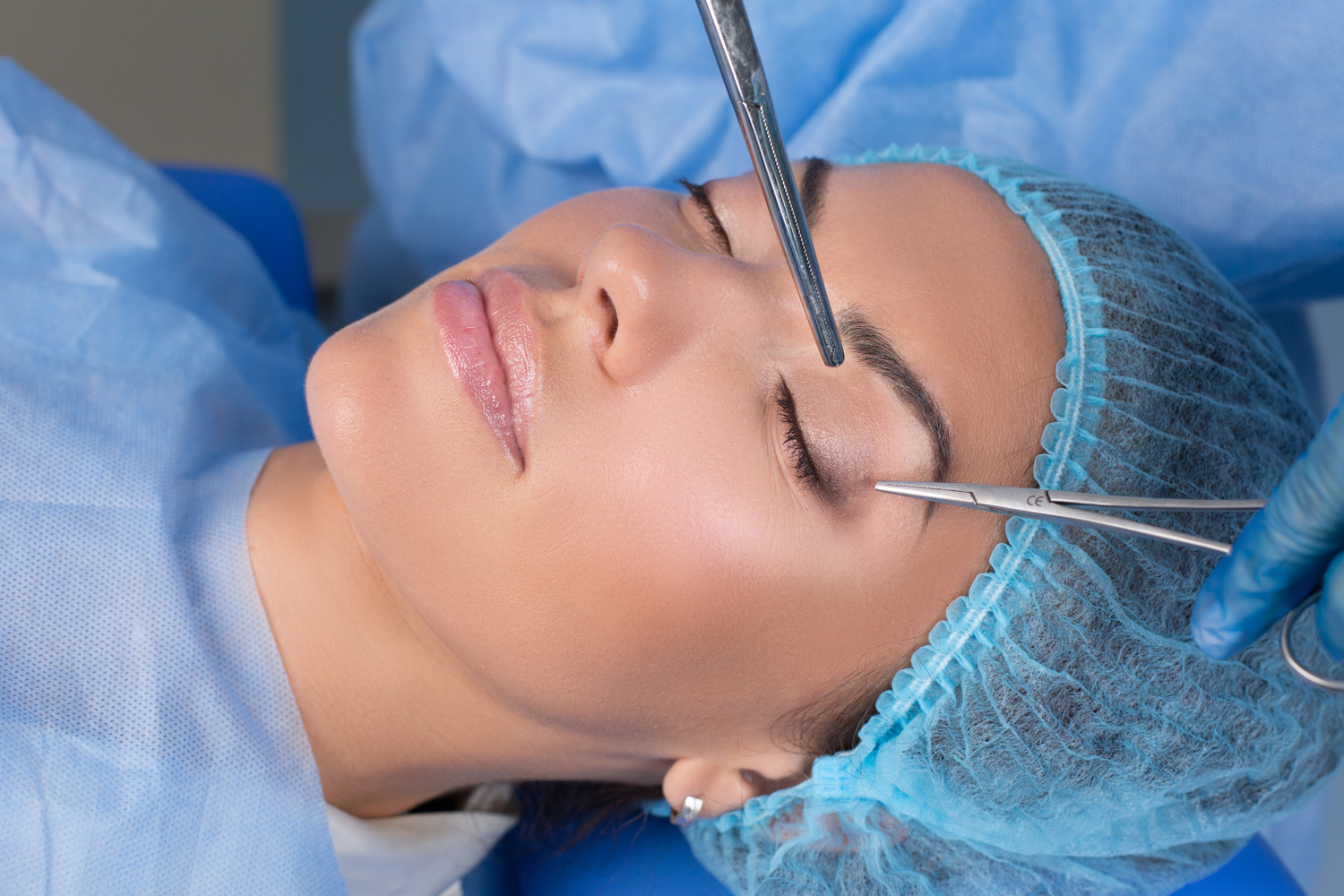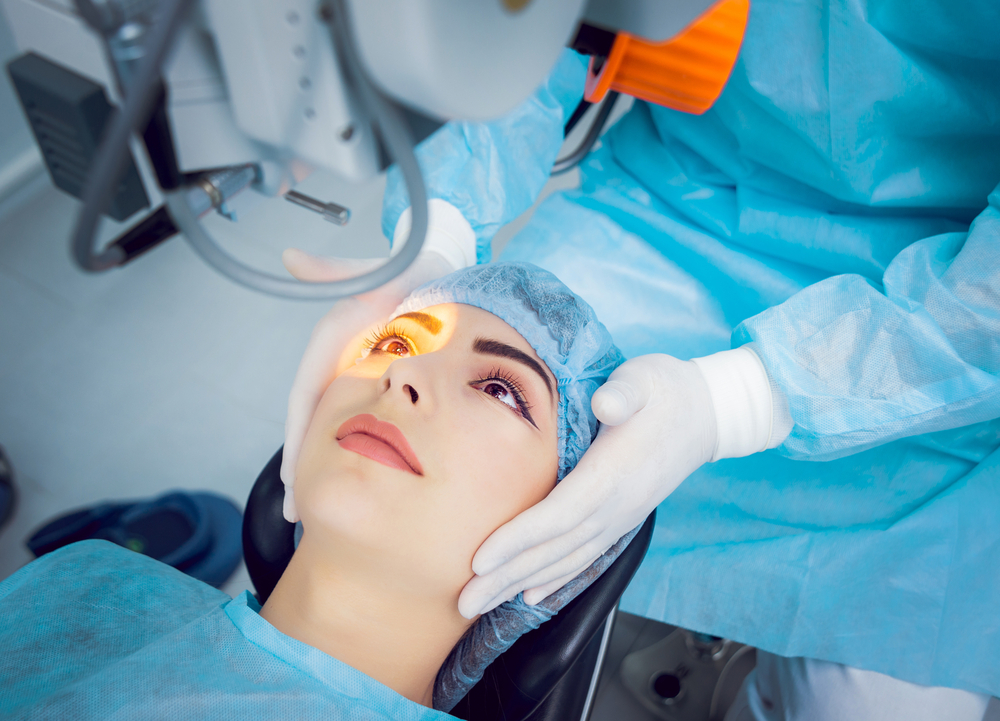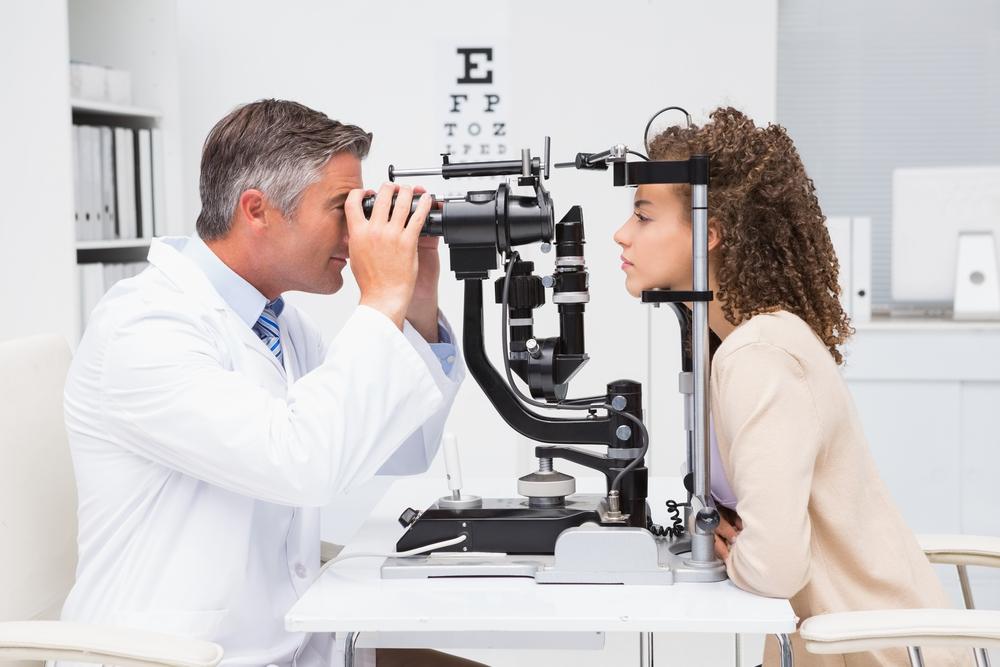Effective Strategies and Treatments for Cataract Management
Explore effective treatment options for cataracts, including surgical methods, corrective lenses, and lifestyle tips. Learn when surgery is necessary and what precautions to take post-operation. Tailored to help you understand how to manage and improve vision affected by cataracts with expert guidance and modern treatments.

Effective Strategies and Treatments for Cataracts
Cataracts develop when the eye's natural lens becomes cloudy due to protein accumulation, leading to blurred vision and difficulty seeing clearly. This condition typically affects one eye initially but cannot be transferred between eyes. Predominantly seen in individuals over 55, cataracts are a common age-related ailment. While non-surgical options exist for mild cases, severe cataracts often require medical intervention. Discover the various treatment approaches below for managing this eye condition effectively.
Available Options for Cataract Treatment
Treatment choices range from surgical procedures to corrective eyewear. Here are some of the most common methods:
Specialized Glasses
While not frequently used, thick and heavy glasses provide a quick, cost-effective way to improve vision temporarily.
Home Care Techniques
Simple adjustments like using enhanced lighting, avoiding glare on screens, and employing low vision aids can help manage mild symptoms at home. Modern vision aids assist those with visual impairments caused by cataracts.
Multifocal Lenses
These lenses enable clear vision at varying distances, similar to bifocals, offering a practical non-surgical option for suitable candidates.
Surgical Interventions
Often combined with addressing astigmatism, surgical procedures reshape the lens curvature to restore clearer vision. Dietary changes, such as reducing high-protein foods, may also support eye health by lessening protein buildup in the eye.
Prescription Eyewear
Correctly fitted glasses prescribed by an eye specialist remain an effective solution to enhance vision impacted by cataracts.
Intraocular Lenses (IOL)
Modern, specially designed lenses implanted during surgery can replace the cloudy natural lens. Consulting your eye doctor is essential before opting for IOLs.
Phacoemulsification Surgery
This minimally invasive procedure uses ultrasound and laser technology to break up and remove the cloudy lens through a small incision.
Laser-Assisted Surgery
In cases where cataracts recur post-surgery, laser treatment can clear the clouding effectively.
Extracapsular Cataract Extraction
This traditional procedure involves removing the front part of the lens capsule to extract the cloudy lens.
Post-Surgery Precautions
If you notice symptoms like worsening vision, persistent pain, redness, unusual discharge, flashes of light, or changes in your visual field after surgery, contact your healthcare provider immediately.
Additional Considerations
Your lifestyle, age, and overall eye health influence the choice of treatment. Discuss thoroughly with your ophthalmologist whether surgery is necessary, especially if vision impairment affects your daily activities. Mild cases may be managed through lifestyle adjustments, while advanced cataracts typically require surgical intervention. Typically, surgeries are performed on one eye at a time to promote healing. For patients with glaucoma and cataracts, ongoing treatment plans should be coordinated with your doctor. Post-operative swelling and blurred vision are common but usually resolve over time. Your prescription may change after surgery, so follow-up exams are vital.










